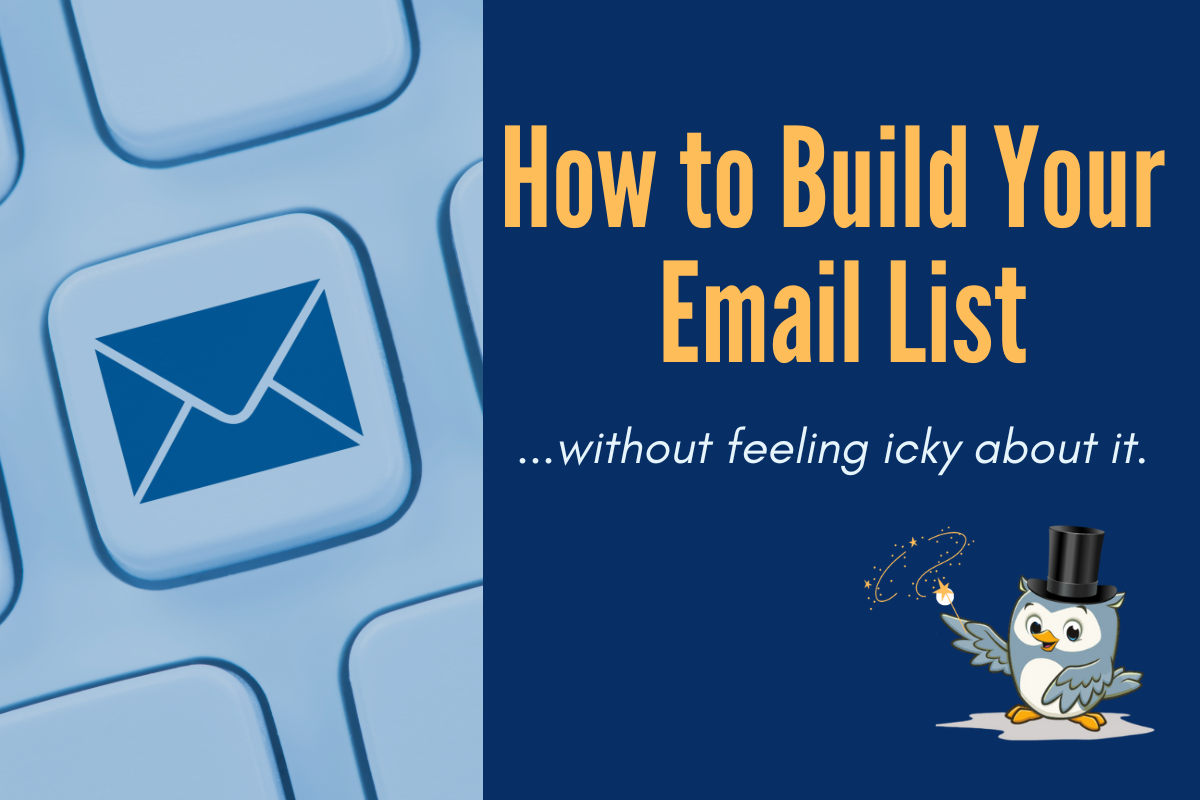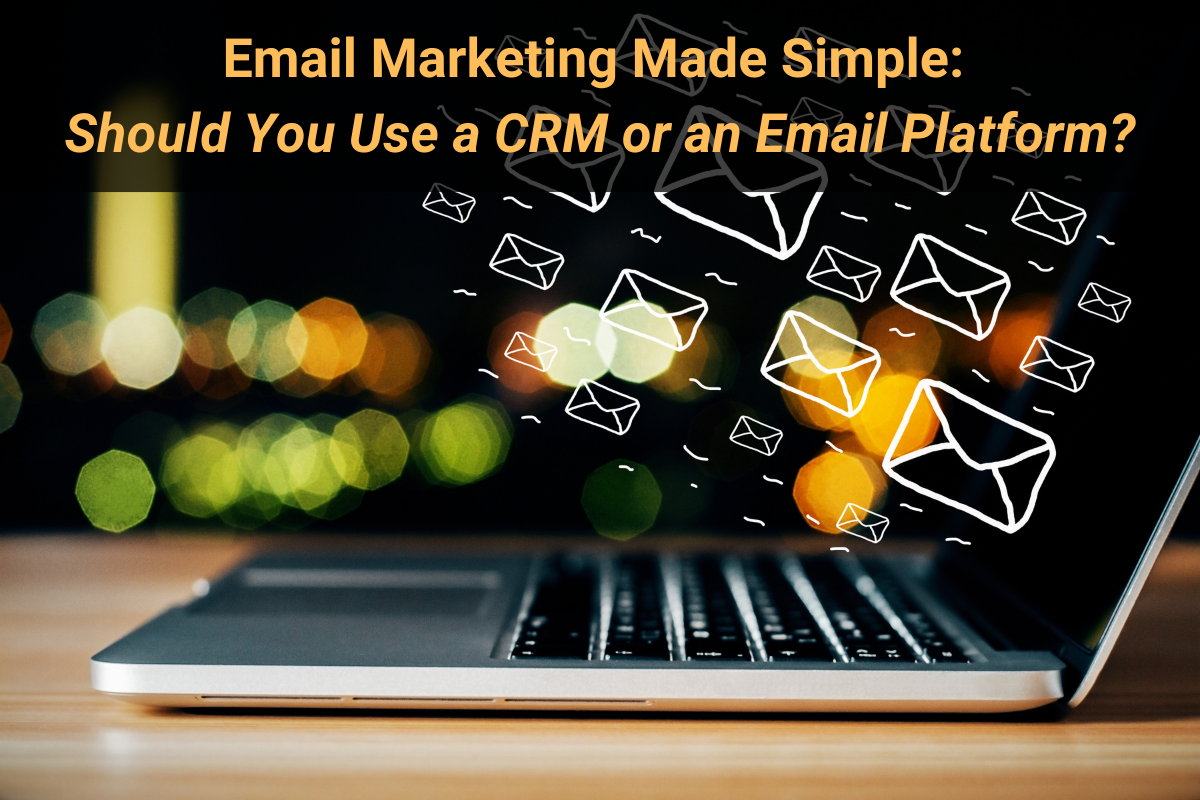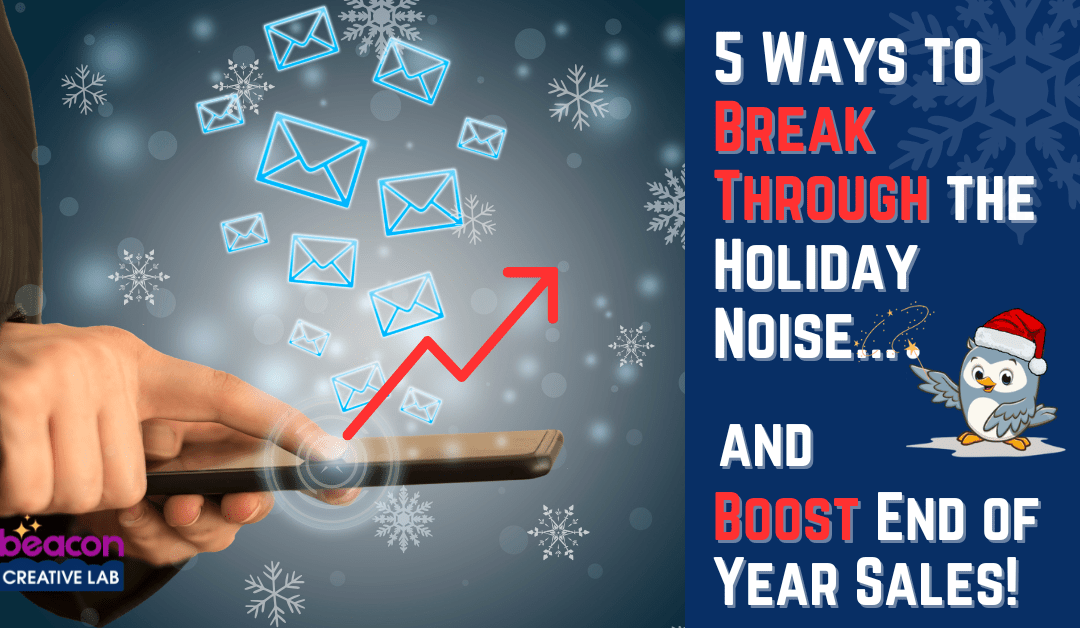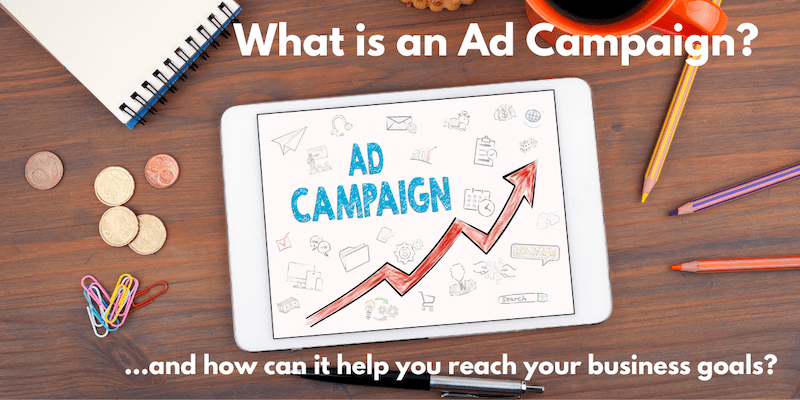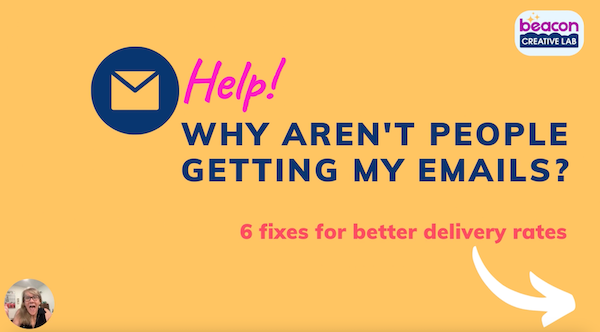Crafting More Effective Content for Your Customer Journey
The A-C-Ds of Client Connection
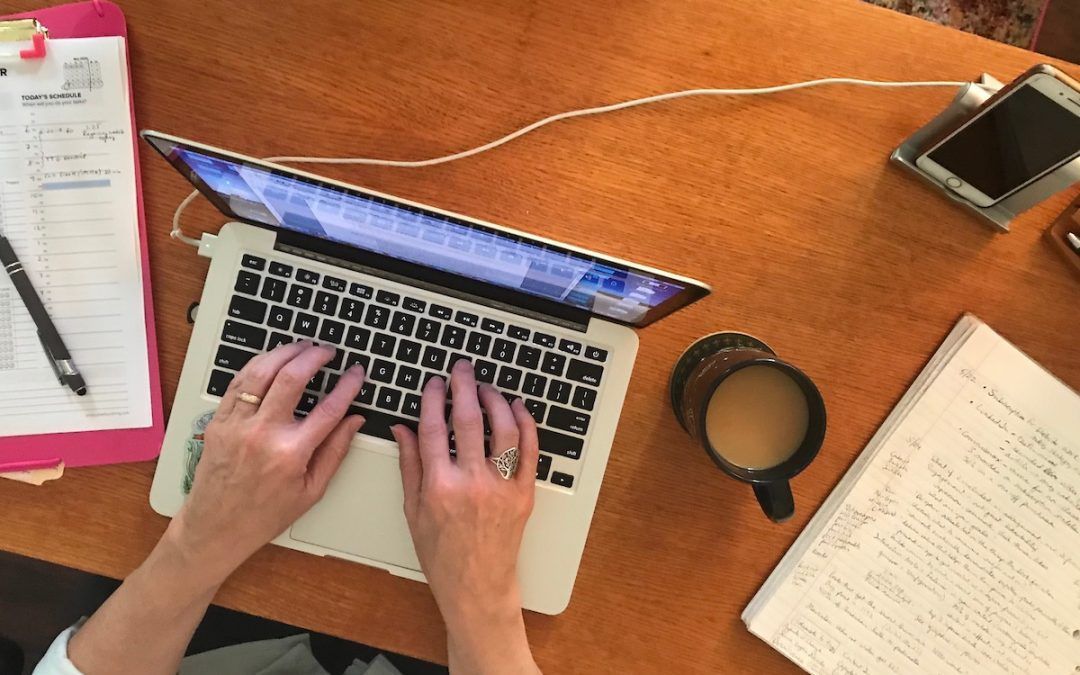
There are plenty of ways to go about crafting more effective content for your Customer Journey. Today we’re looking at a few top tips to help you shape yours.
Visitors will be coming to your site with different levels of awareness about what you do and how it might apply to them, so it’s important to offer content for each of the major stages.
These will differ depending on your business, but in general they fall into 3 broad stages: Awareness, Consideration and Decision. Your goal, and the questions (from the buyer’s point of view) that I like to get people strategizing about are:
- Attraction: There’s something I’d like to change… what is your industry or area of focus, its services/products and how can it help me with my challenge, gap or goal? Help me figure this out…
- Consideration: Maybe this is the answer for me… How are your solutions different, and better for me? Show me!
- Delight: This looks like a good fit… How can I buy and use your solutions? Make it easy and wonderful (and keep on doing it)!
Let’s look at some practical, tactical ideas for approaching these:
Crafting more effective content for the Attraction stage
What is your industry or area of focus, its services/products and how can it help me with my challenge, gap or goal? Help me figure this out…
- Quizzes, self-tests and aspirational/inspirational content are helpful for prospects at this stage. FAQs and chatbots are also useful.
- Consider a “start here” section on your home page and website; maybe use some of this content as a pinned post in social.
- Emails at this stage will likely focus on building rapport, trust and connection, not much selling; gather information to help develop segmentation that can help you be more effective as readers move into the next phase.
… the Consideration stage
How are your solutions different, and better for me? SHOW me!
- Small, targeted examples of your work help here: e-classes or books, webinars, samples, case studies and white papers, templates.
- Consider listing key challenge, gap or goal statements in a prominent place, with links to top content that guide them through your desired buyer journey (one example might be from free, to low-cost DIY education, to live group classes, to one-on-one services)
- Emails at this stage will start to incorporate some selling messages, engaging your readers with you and your systems and tools — hopefully targeted by what you’ve learned at earlier stages. Reinforce their smart decisions with testimonials and case studies.
… and the Delight stage
How can I buy and use your solutions? Make it easy and wonderful (and keep on doing it)!
- This stage is usually the longest, extending way past purchase; early on it’s about where and how you describe, price, package and actually sell your services and products. Do they “get it”?
- Remember the Beacon approach: broach with benefits, solve with solutions, finish feature-full.
- A great tip from two smart biz consultants I like, Joe Matz and Sylvia Ink (tell ’em your friend Wendy sent you!): give a little thought to whether any custom quoted services MUST be handled that way… or if they could be rolled into a 6- or 12-month program, club or subscription service that factors in the process of customizing? This could help reduce decision fatigue, among other benefits.
- Emails at this stage are designed not only to remind clients that you’re here, but to continue to serve with new and helpful information, services and products to help them be successful. How can you continually renew their “raving fan” opinion?
Ready to brainstorm some other options for your business? Just contact us.
